-
120 practice questions with expert answers and explanations
-
Key concepts covering clinical diagnosis, patient care, and management
-
Success strategies to optimize exam performance and confidence
-
Updated 2025 content aligned with NURS 671 exam standards
-
Includes case studies for practical application
-
Expert tips for mastering complex clinical scenarios
-
Ideal for nursing students preparing for the Dunphy Final Exam
Preview
1. A patient is diagnosed with GERD, and their endoscopic report reveals the
presence of Barrett’s epithelium. Which of the following should the PCP
include in the explanation of the pathology report?
a. This is premalignant tissue
b. This tissue is resistant to gastric acid
c. This tissue supports healing of the esophagus
d. All of the above
Correct answer: d. All of the above
Rationale: Barrett’s esophagus is a condition that arises due to chronic acid exposure,
and it often involves cellular changes in the esophagus lining, making it premalignant.
This epithelium can be more resistant to acid, and it may support some healing of the
esophagus as the cells adapt to the constant acid exposure.
2. Which of the following dietary instructions should be given to a patient with
GERD?
a. Eliminate coffee
b. Drink peppermint tea to relieve stomach distress
c. Recline and rest after meals
d. Limit the amount of antacids
Correct answer: a. Eliminate coffee
Rationale: Coffee can relax the lower esophageal sphincter and worsen GERD
symptoms, so it is best to avoid. Peppermint can also relax the sphincter, reclining after
meals can exacerbate reflux, and antacids should be used cautiously but are not the
main dietary focus.
3. The patient with GERD should be instructed to eliminate which of these
activities?
a. Swimming
b. Weight lifting
c. Golfing
d. Walking
Correct answer: b. Weight lifting
Rationale: Weight lifting and heavy physical exertion can increase intra-abdominal
pressure, worsening GERD symptoms by promoting acid reflux. Other activities like
swimming, golfing, and walking typically do not have the same impact.
4. A patient is diagnosed with giardia after a backpacking trip in the mountains.
Which of the following would be an appropriate treatment?
a. Vancomycin
b. PCN
c. Metronidazole
d. Bactrim
Correct answer: c. Metronidazole
Rationale: Metronidazole is the drug of choice for giardia, a parasitic infection often
acquired in the wilderness. Vancomycin and penicillin are used for bacterial infections,
and Bactrim is used for a range of infections but is not effective against giardia.
5. A 22-year-old is seen complaining of vague belly pain. This type of pain is
seen at what point in appendicitis?
Correct answer: Very early
Rationale: Early appendicitis often presents with vague, generalized abdominal pain
before it localizes to the right lower quadrant.
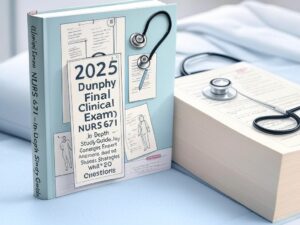
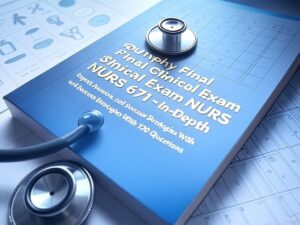



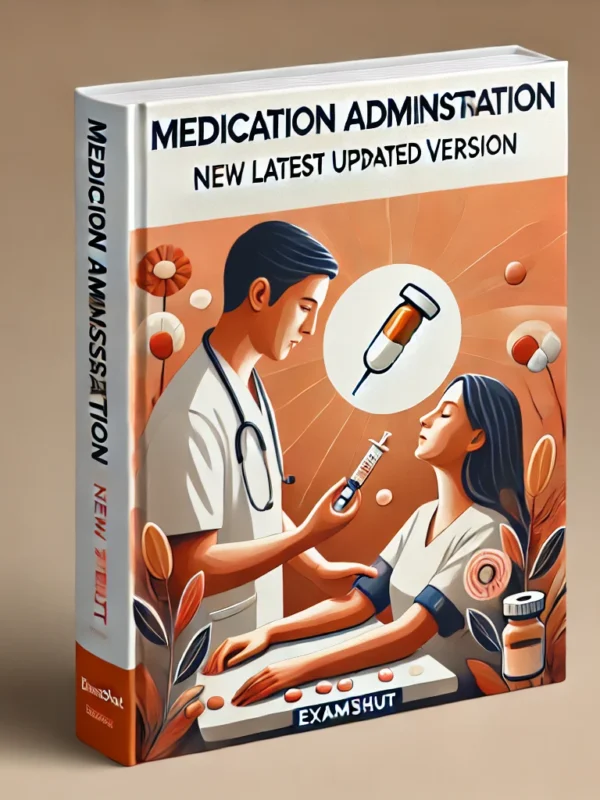
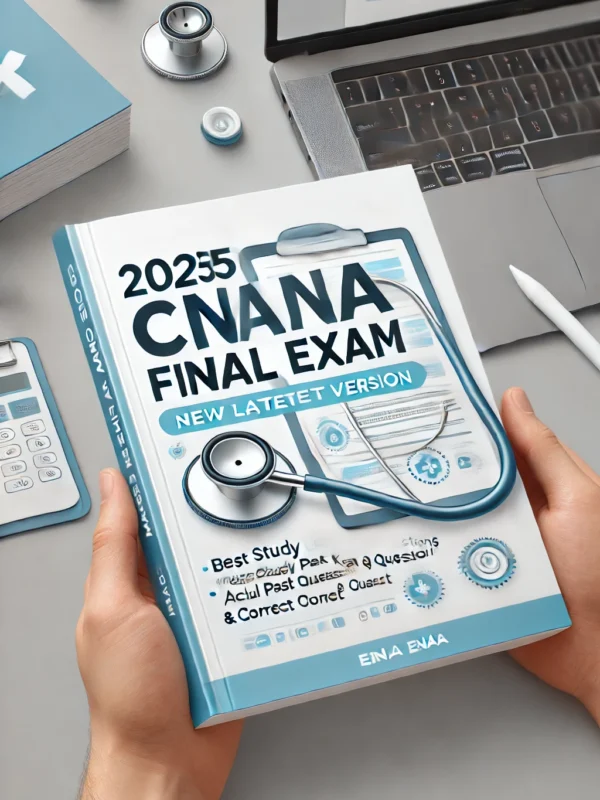
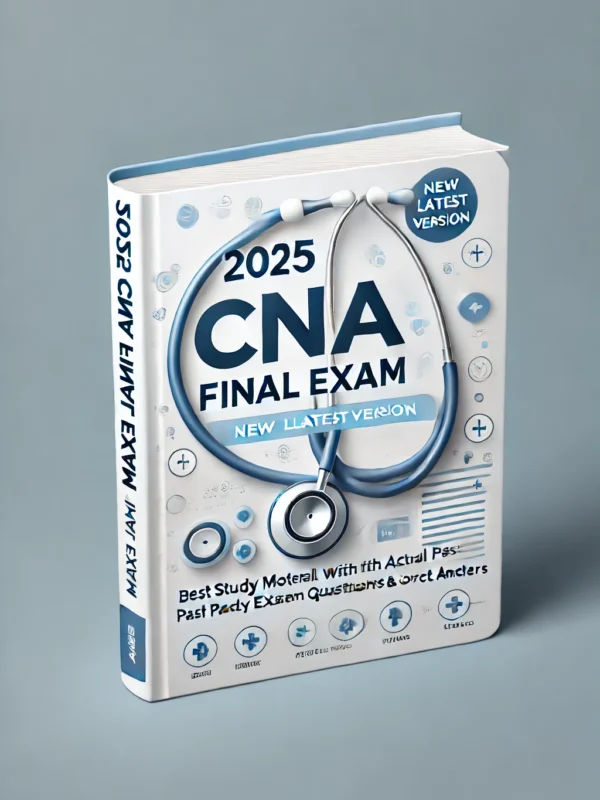
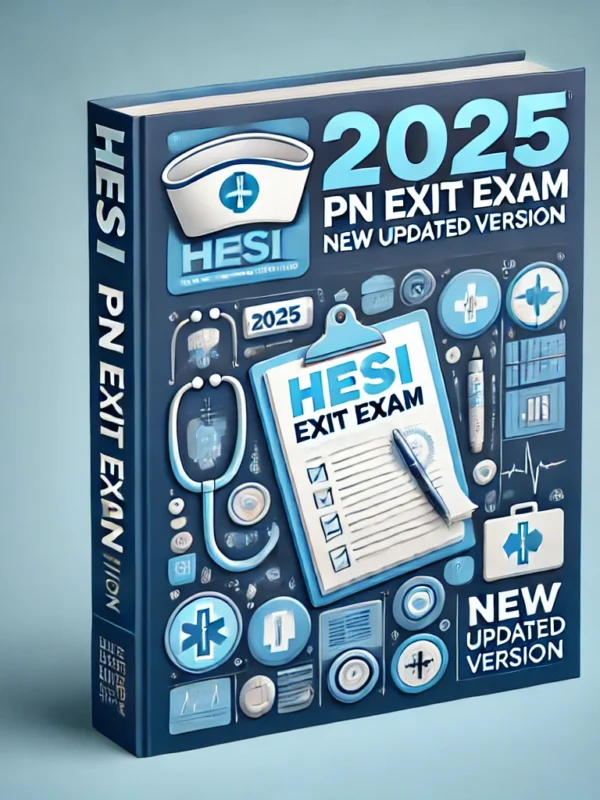
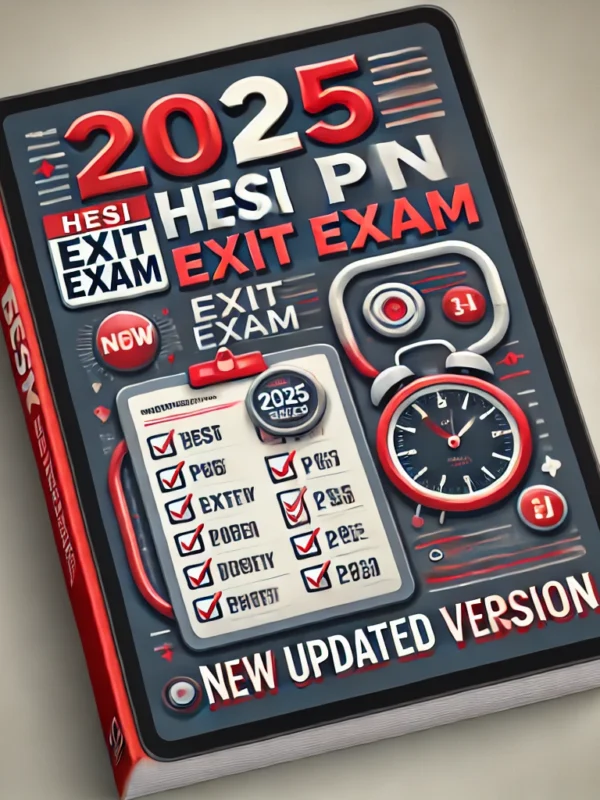
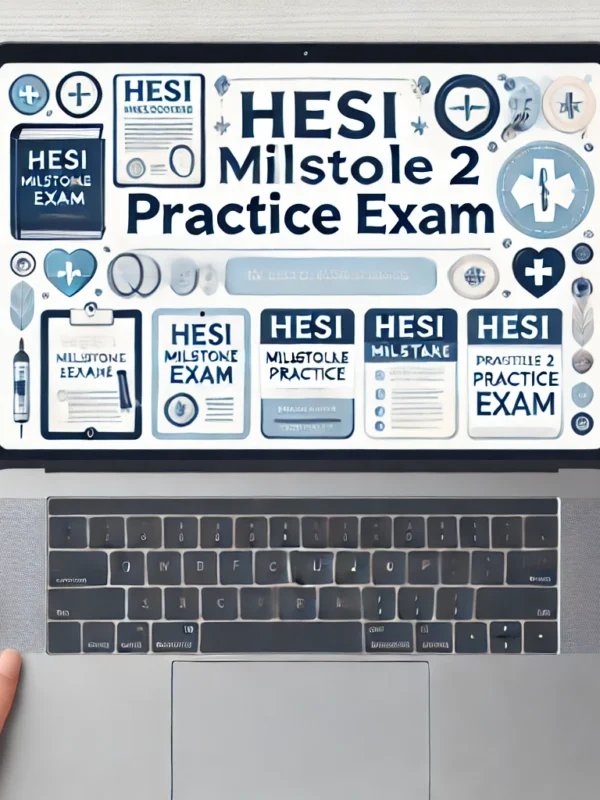
Reviews
There are no reviews yet.